Top 5 Alpaca Selective Breeding Best Practices
To improve your alpaca herd, focus first on selecting animals with fine, dense fleece and good staple length. Check conformation closely—balanced body parts and fluid gait matter. Keep your gene pool diverse by avoiding inbreeding and tracking lineage through databases. Use performance data like EPDs and color genotyping to guide breeding choices. Finally, develop a clear, adaptable breeding plan to meet your goals. If you want to boost your herd’s quality and market value, these steps are key.
Key Takeaways
- Prioritize fine, dense, and uniform fleece with defined crimp and long staple length for superior fiber quality and market value.
- Evaluate alpaca conformation focusing on balanced body proportions, correct jaw alignment, and fluid gait to ensure health and structural soundness.
- Maintain genetic diversity by introducing unrelated bloodlines and using genetic testing to avoid inbreeding and enhance herd resilience.
- Utilize performance data (EPDs) and pedigree information to predict trait inheritance and make informed mating decisions aligned with breeding goals.
- Develop a consistent breeding plan with clear objectives, incorporating color genotyping and detailed record-keeping to adapt and improve outcomes.
Prioritize Fleece Quality and Characteristics

When selecting alpacas for breeding, you should focus on those with fine, dense, and uniform fleece, as these traits make up the majority of what defines high-quality fiber. Prioritizing fleece quality is a common practice in alpaca care, ensuring the gene pool improves with each generation. Look for fine fleece with a defined crimp and bright appearance, as these enhance market value. Don’t overlook staple length; longer staples are essential for processing and garment production. Avoid animals with fleece faults like high medulated fibers or lack of luster, which can degrade overall quality. Using data-driven tools such as Expected Progeny Differences (EPDs) and fleece histograms helps make informed breeding decisions, strengthening the genetic traits that matter most in your herd.
Evaluate Conformation and Physical Structure
Although fleece quality is vital, you shouldn’t overlook an alpaca’s conformation and physical structure when selecting breeding stock. To evaluate conformation effectively in both male and female breeding alpacas, focus on these key areas:
Fleece matters, but alpaca conformation is critical when choosing quality breeding stock.
- Head Structure: Look for a dense top knot, well-covered cheeks, wedge-shaped muzzle, and correct jaw alignment—traits essential for sound physical structure.
- Body Proportions: Guarantee the head, neck, body, and legs each make up about one-third of the alpaca’s height, promoting balance and grace.
- Posture and Movement: Check that the neck connects to the shoulder at a 45° angle, the back is straight and squared, and the gait is fluid, indicating strong conformation and health.
This approach is good practice in the alpaca industry and helps minimize future medical care issues.
Maintain Genetic Diversity and Health
Since genetic diversity plays an important role in your alpaca herd’s health, maintaining it should be a top priority in selective breeding. You can prevent inbreeding depression and related health issues by introducing specimens from unrelated bloodlines. Using the Alpaca Owners Association’s database helps you track lineage details, guaranteeing informed breeding decisions. Genetic testing, including color genotyping, allows you to predict offspring traits while safeguarding genetic health. By prioritizing a diverse gene pool, you enhance your herd’s resilience against diseases and environmental stresses. This approach not only supports immediate health but also promotes sustainable breeding practices that secure your herd’s well-being for generations to come. Keeping genetic diversity at the forefront guarantees your breeding program remains robust and productive.
Utilize Performance Data and Pedigree Information
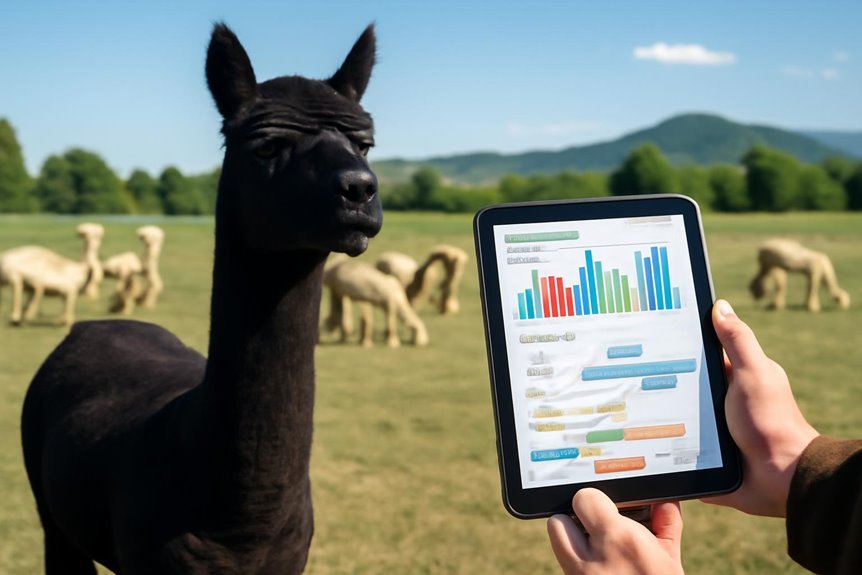
Maintaining genetic diversity sets the stage for smarter breeding choices, and utilizing performance data alongside pedigree information takes those choices further. In alpaca breeding, combining these resources sharpens selective breeding efforts. Here’s how you can optimize your program:
Maintaining genetic diversity and leveraging performance data with pedigree insights enhances selective breeding success.
- Use performance data like Expected Progeny Differences (EPDs) to predict traits such as fleece quality and density, ensuring you select mates that improve offspring.
- Access pedigree information through the Alpaca Owners Association database to verify genetic backgrounds and avoid inbreeding.
- Incorporate color genotyping results to forecast offspring colors, aligning breeding decisions with market demand.
Develop and Follow a Consistent Breeding Plan
When you develop and follow a consistent breeding plan, you set clear goals that guide every pairing and decision. Start by defining your breeding objectives, focusing on traits like fleece quality, color, and genetic diversity. Use Expected Progeny Differences (EPDs) to predict how traits will pass on, helping you select the best breeding pairs. Keep detailed records to track lineage, fleece traits, and results, guaranteeing your plan evolves with each generation. Incorporate color genotyping to manage color outcomes and maintain genetic variety. As market demands shift, regularly reassess and adjust your breeding plan to stay competitive and meet customer preferences. Sticking to a consistent breeding plan guarantees steady progress and better-aligned results in your alpaca herd.
Frequently Asked Questions
What Is the Mating Ritual of Alpacas?
You’ll notice alpaca courtship behaviors like female receptivity signs—cushing—and male dominance displays—orgling. Breeding season timing matters, with successful mating techniques involving careful observation and post mating care to guarantee healthy outcomes and bonding.
At What Age Should You Stop Breeding Alpacas?
You should stop breeding females around 12 years old due to declining fertility and risks, while males remain fertile until about 10-12 years. Maintain breeding intervals and genetic diversity to support reproductive health and effective breeding practices.
Is It Better to Have Male or Female Alpacas?
Think of your herd like a balanced orchestra—males bring fiber quality and strong genetics, while females offer steady breeding and temperament traits. Your breeding goals, market demand, and herd dynamics will guide which sex best suits you.
What Is the Friendliest Breed of Alpaca?
You’ll find Huacayas have the best friendliness traits, showing gentle temperament and strong social behavior. Using proper handling techniques, interaction tips, and bonding exercises within herd dynamics enhances their friendly nature, making temperament assessment easier for you.

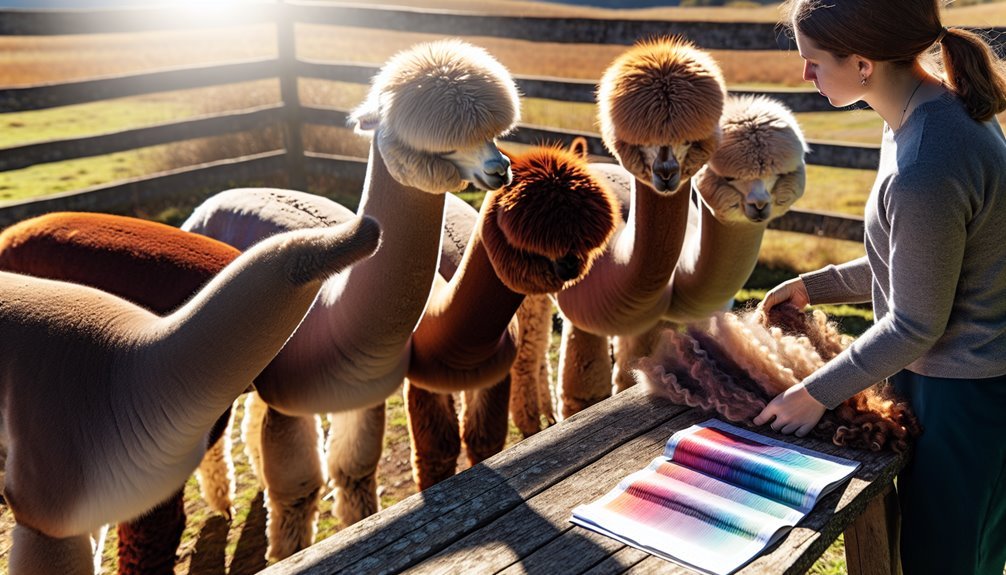

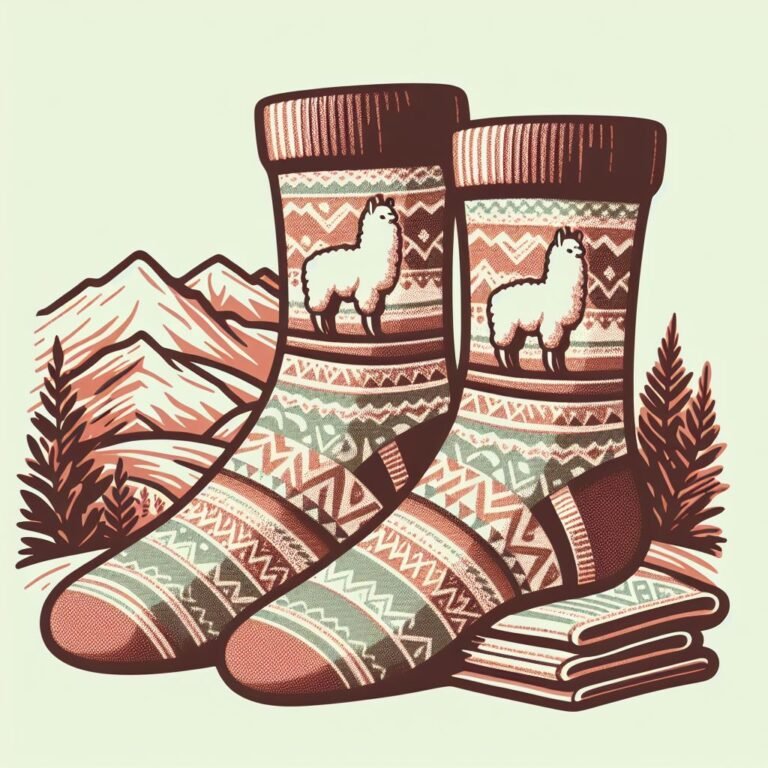

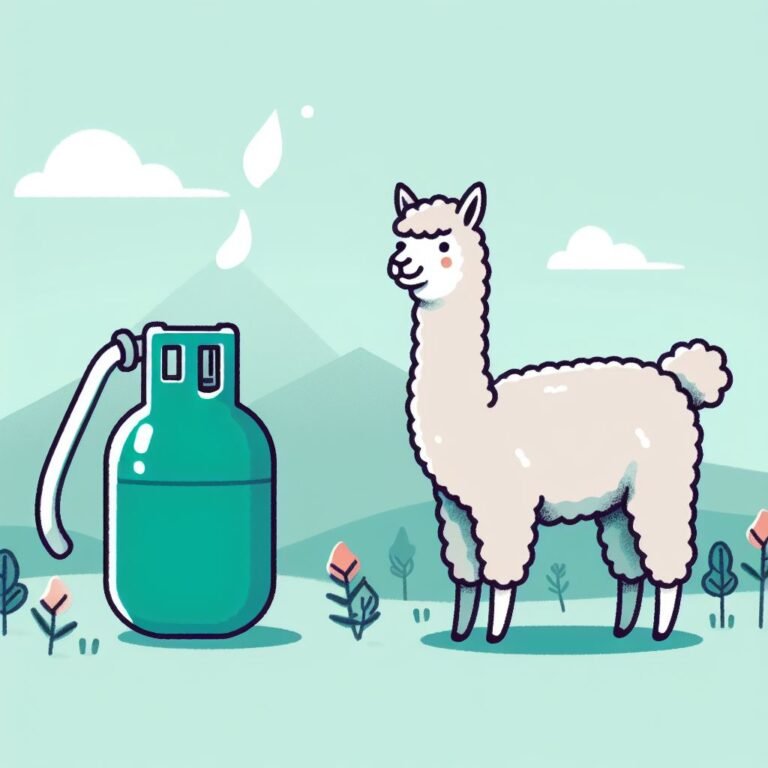
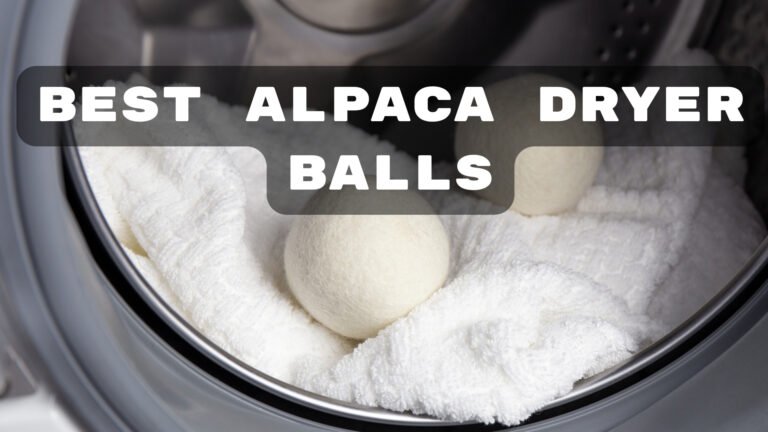
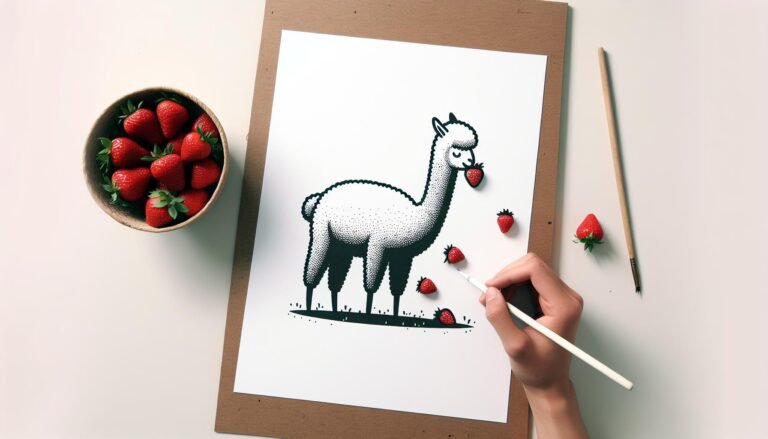
Our picks
Alpaca & Wool Felted Sole Inserts: Comfy Upgrade?
Best Alpaca Socks for Hiking: Ultimate Comfort and Durability on Trails
Best Alpaca Halter for Comfort and Control